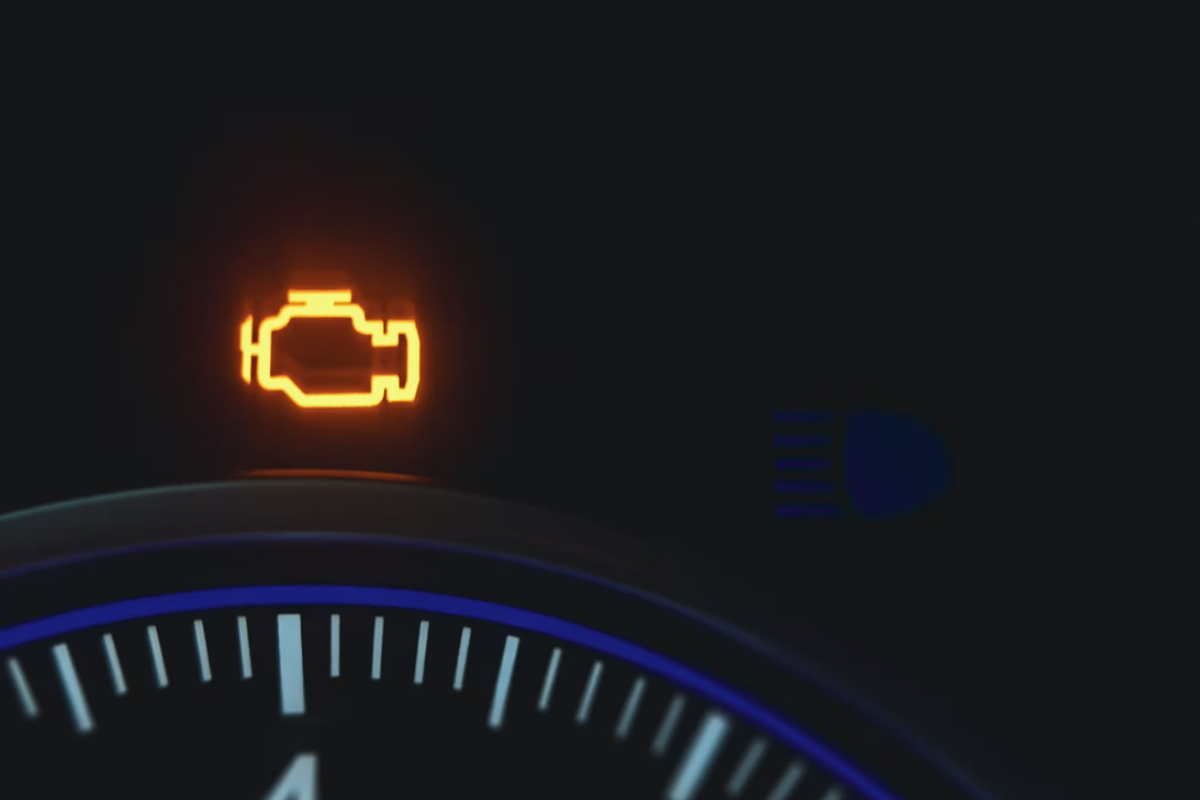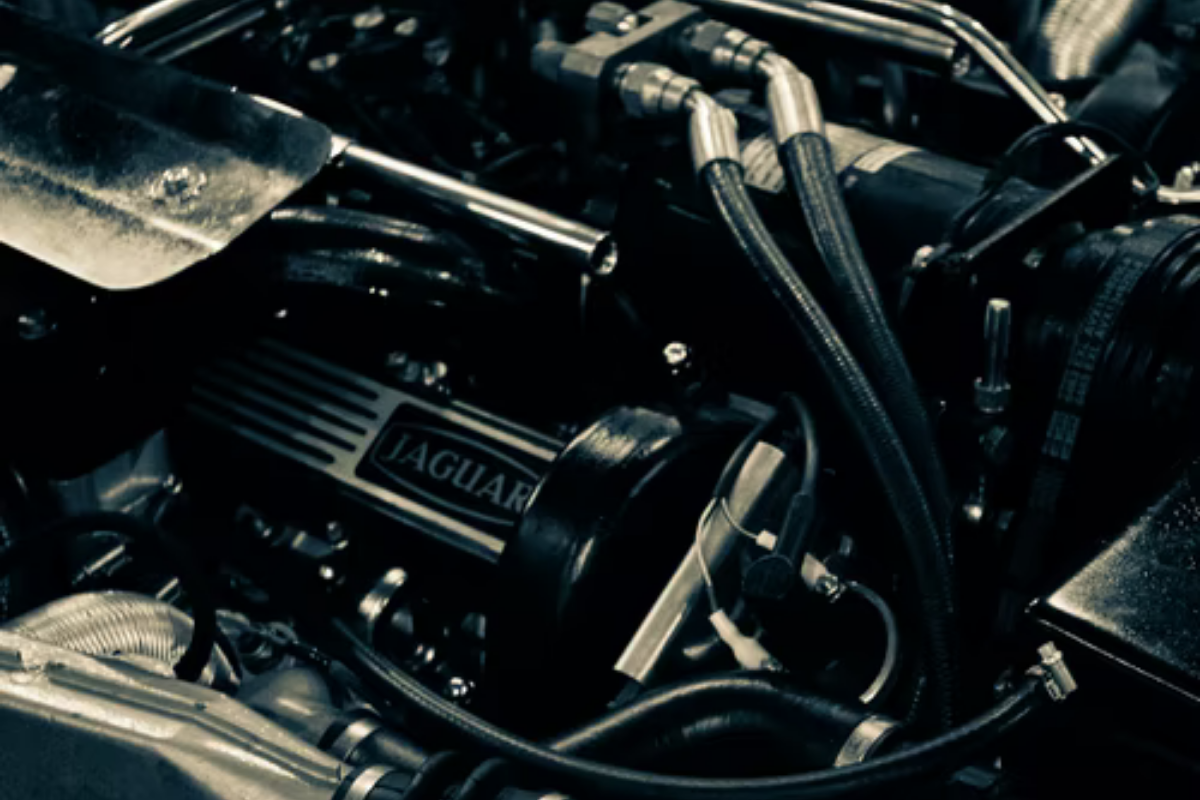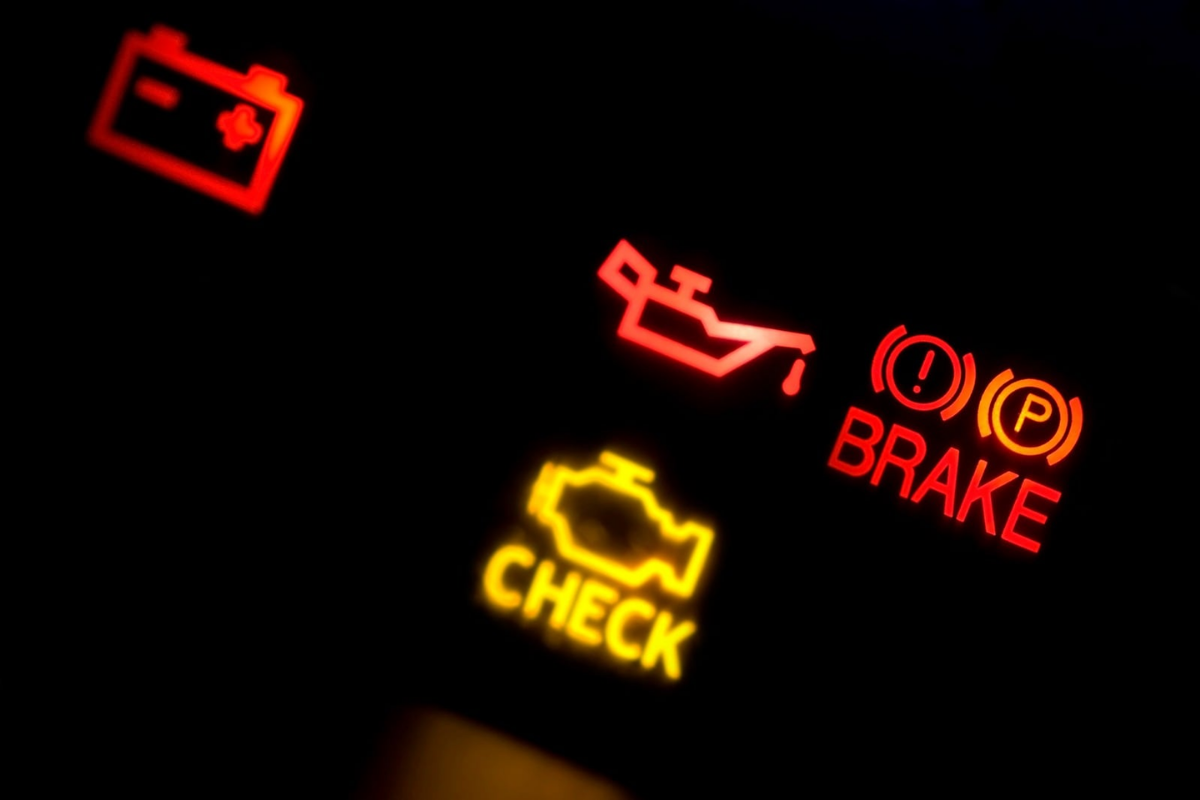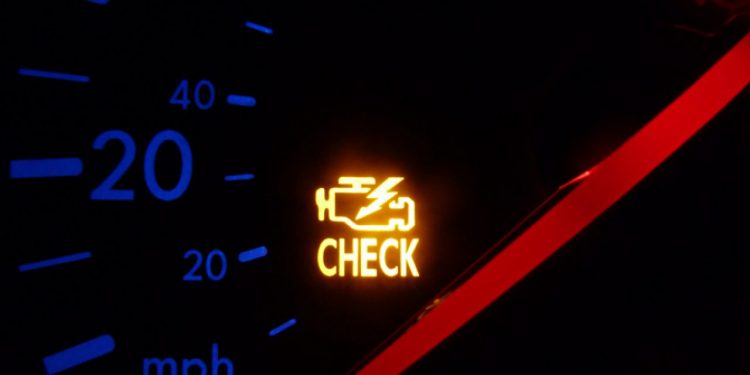An indication from the car’s engine computer that anything is amiss is the check engine light. It may be anything as simple as a defective gas cap or something much more catastrophic, depending on the severity. Engine diagnostic systems were built in-house by the carmakers before 1996. A universal connection for this data was required by OBD-II for all vehicles.
When your check engine light comes on, it means there’s something wrong with your car. Many drivers just disregard the light for several reasons, including a lack of understanding or the possibility of a range of meanings. It doesn’t matter how severe the problem seems to be; you should have it treated immediately.
Understanding the Message

The service or maintenance needed light in the instrument cluster might be mistaken by some drivers for the check engine light. The oil change or other regular maintenance is indicated by the service needed light. Using a smartphone app, you may access the code. Shoppers at a local car parts shop or online may purchase affordable code readers.
Can the Check Engine Turn Off?

The check engine light can usually be turned off or reset using most code readers. However, this is not enough to fix the fundamental issue. The light will most likely turn back on at a later time.
Is it Serious?
One of your car’s most confusing warning signs is the check engine light, which may represent various things. If it turns out to be a quick remedy, then great. If not, then you’re being alerted to a potentially major problem that might damage your engine. Either a flashing or a steady light indicates the level of seriousness of the warning.
Common Diagnostic Codes

Check engine light diagnostic codes are broken down into four categories.
- Powertrain (P)
- Body (B)
- Chassis (C)
- Network Communications (U)
Then divided into 2 main groups:
- Enhanced or specific (‘1’ is the second digit.)
- Generic or global (‘0’ is the second digit.)
For check engine lights, the most frequent diagnostic codes are:
- Codes: P0171 – P0175 → It has to do with detecting your oxygen levels.
- Codes: P0300 – P0305 → Misfires in the engine must be dealt with.
- Codes: P0411, P0440, P0442, P0446, P0455 → Consider the evaporative system as a concern
- Code: P0401→ Deal with exhaust gas recirculation
- Codes: P0420, P0430 → Dealing with the catalytic converter is essential.
Never Ignore That Light

If your car’s check engine light comes on, you may want to check the gas cap. The car’s computer is alerted to a gas leak if the gas cap is unfastened. Ignoring them now might result in more severe and expensive issues later. Getting as many miles out of an old car as possible may be a goal for some drivers. However, they must first turn off the light to pass the car inspection in their state.
The check engine light might give you an indication of what’s wrong with an automobile, but it’s not always accurate. If the water pump or a ball joint wears out, you won’t hear from the ECU. Maintaining a regular maintenance schedule may prevent you from ever seeing the tiny engine light come on.




